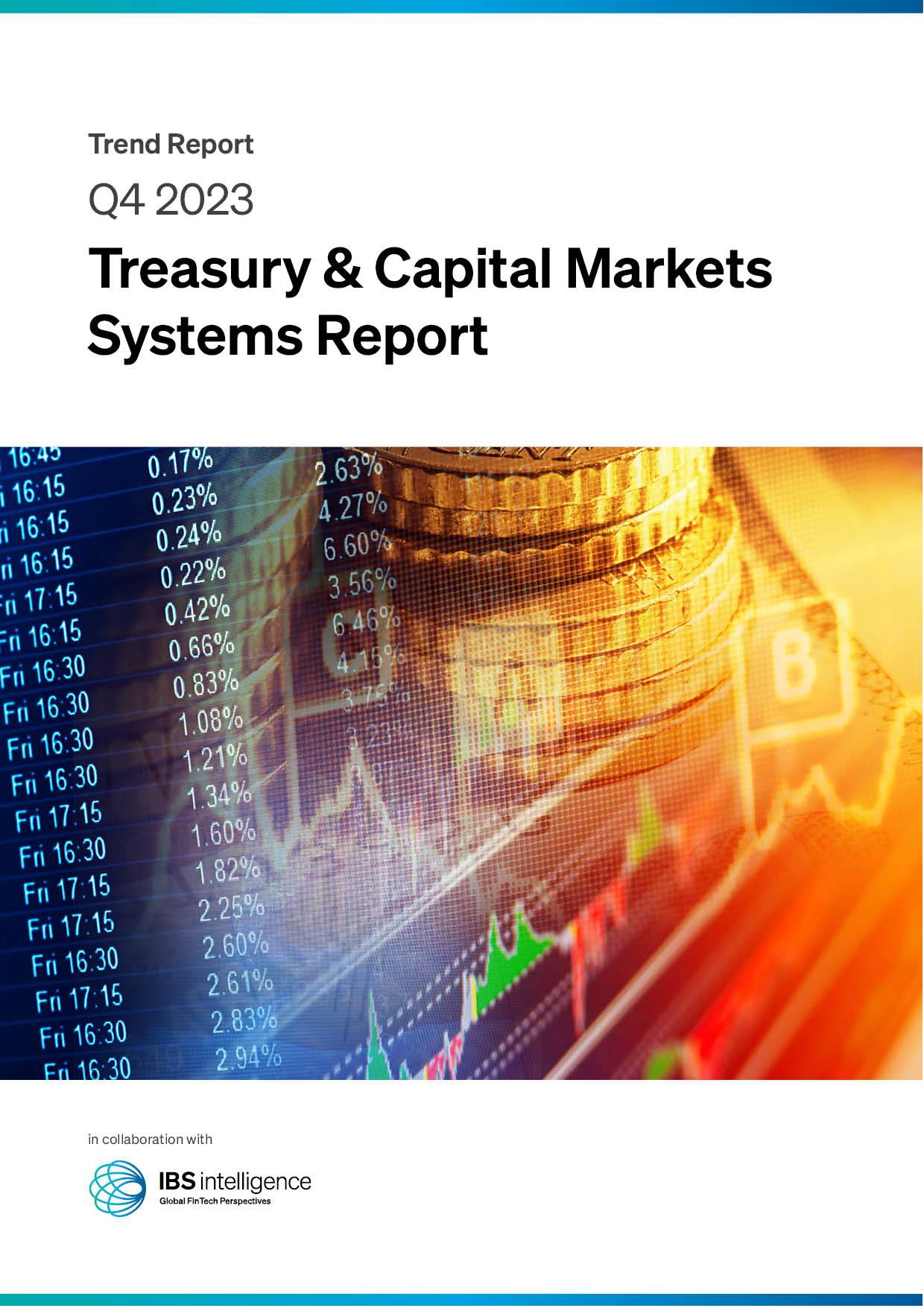 Back
Back
The rise of digital payments in India: Interview with Manan Dixit CO-Founder of FidyPay
By Leandra Monteiro
According to the Ministry of Electronics and IT (MeitY), the volume of digital payments in India has increased by 33% year-on-year (YoY) during the financial year (FY) 2021-2022. A total of 7,422 crore digital payment transactions were recorded during this period, up from 5,554 crore transactions seen in FY 2020-21.
FidyPay is one of India’s leading Financial Inclusion and Digital Payment companies. The company’s primary focus is financial inclusion, Marco digital payments, integration and paperless banking. The company envisions to be at the forefront of digitizing financial inclusion and micropayment space in India.
In conversation with Manan Dixit CO-Founder of FidyPay, a FinTech API Platform, IBS Intelligence discusses the digital payments landscape in India and how digital banking is helping transform rural India.
As India is now booming in the digital payments sector, what new does FidyPay bring to the table?
FidyPay helps larger businesses and solutions providers like Tally, Busy, HRMS Solutions to integrate the system into their backend ERP and use Fidypay’s platform to do balance queries, fund transfers, and other banking operations through their API banking solutions and partnerships. As a result, their users can receive full execution of connected banking experience, along with an exhaustive range of products and services like UPI/BQR, eNACH, UPI AutoPay, POS Solutions, and Micro Insurance solutions. The company’s main product is a payment system that merges online and offline payments into a single multi-channel payment solution.
FidyPay is unique in that it recognises that not everyone is comfortable with online payments, and cannot afford a smartphone or even internet service. To address this, the platform collects online and physical payments made through various channels and integrates them into an online platform that keeps track of all of them. The startup’s plug-and-play finance solution may be used by everyone from tiny businesses to giant corporations. Its primary clientele is small and medium-sized businesses (SMEs and MSMEs), but it also works with local governments and residents in lower-tier cities to educate them about digital payments.
Which industries have risen dramatically in terms of digital transaction growth in India, particularly in Tier 3 cities, over the last two years, and how much has their average transaction value increased?
Digital payments for retail and e-commerce have expanded by a factor of ten since the second Covid wave. The new payment methods are being used not just by established and large brands, but also by small dealers and businesses. Fintech businesses and their inventions have made the way individuals trade more convenient and easy than ever before, whether it’s personal payments or business transactions. We’ve seen a significant increase in traffic in retail, auto manufacturing, gaming, and textiles, NBFC, MFIs. The average transaction value varies by segment, although it has increased by 50-60% due to price increases in specific areas. We have witnessed that due to covid situations in last 2 years now Businesses are more ready to deploy and adapt Digital Platform then before this has given a boost to the overall ecosystem. In fact, if you see UPI transactions have grown from a few crores to now over 500 Cr in March 22, that’s massive.
Despite the enthusiasm of local SMEs and MSMEs, Internet connectivity and banking services continue to be a barrier in rural India. How does FidyPay plan to overcome these issues?
FidyPay has been able to empower the local SMEs and MSMEs, who now opt for digital transactions. The natural spread of awareness, combined with a push from small-business partners, as well as the availability of quick funding through AEPS, made all the difference. Incentives for merchants to encourage people to pay online are also a smart idea. Aadhaar Pay, a scheme that allows merchants in rural India to conduct financial transactions using their fingerprints, is one of the most significant achievements. Because most consumers are unaware of the intricacy of smartphones, we focused on making them as simple as possible.
Fidypay has used API banking technology to enable cooperative banks on UPI Channels for their current account holders which allows people to collect payments Digitally from their customers. To perform balance enquiries, fund transfers, and other banking services, they just need to interface FidyPay’s platform with the customer’s backend ERP! FidyPay’s secure and limited access to a bank’s banking system as a third-party API Banking Services provider. Balance enquiries, fund transfers, UPI/BQR, eNACH, UPI AutoPay, POS Solutions, and Micro Insurance solutions, among other banking services, are now available. Fidypay’s core product is a multi-channel payment system that mixes online and offline transactions.
Whatsapp Payment is the buzz of the town; what are your thoughts on it?
This is going to be a game-changer. India could witness a major surge in digital payments due to its 400 million consumers. In cities across the country, the use of digital payments is on the rise. The increased use of WhatsApp in rural India would stimulate digital payments in these places. While every other smartphone user is on WhatsApp, adding the simplicity of money transfer while conversing, without even having to close the window, raises the convenience factor to new heights. In fact, WhatsApp Payment’s simple chatting element gives it an advantage over its competitors, who rarely offer an interactive aspect.
We will see vendors aggressively advertising digital payments in rural areas where acceptance is low. Vendors will also put in a lot of effort to improve security and consumer satisfaction. With so many alternatives, it’s more important than ever for merchants and e-commerce platforms to avoid becoming overwhelmed. WhatsApp Payments’ ease of involvement is definitely a feature worth investigating, especially if the firm relies on social selling.
The requirement of the hour, however, is to keep a tight eye on the payment area and maintain contact with customers. Customers’ journeys should be understood by merchants and e-commerce platforms, and features that improve the overall customer experience should be integrated.
How are you resolving last mile issues for the digital payment industry in India?
We invest substantially in product R&D before introducing any new product or service, and we have a number of such products in the works that will assist Indian businesses in revolutionising the way they trade or do banking.
Roadblocks have been identified. Lack of bank accounts due to a lack of necessary documents and subsequent KYC, Internet and smartphones, despite the fact that most individuals have both, the majority of them use cell phones for leisure. Even if there are several awareness-raising events taking place, the casual attitude persists in some places, so a mental adjustment is needed, which we are addressing first.
We are dedicated to bringing financial services to remote communities by partnering with cooperative banks. Banks, on the other hand, use business agents to do banking functions such as creating accounts and assisting with financial transactions door to door. They help customers track their money and advise them through the withdrawal process. Furthermore, FidyPay has worked with local urban bodies, SMEs and MSMEs to provide digitalization to last mile consumers, and their customers. It is a team effort, and digital transactions have increased dramatically in the previous two years.
ALSO READ: Global Payments Vendors and Landscape Report Q4 2021
IBSi Daily News Analysis

January 16, 2024
API Banking
Egypt among top remittance recipient countries in 2023: World Bank
Read MoreIBSi FinTech Journal
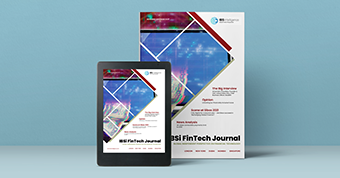
- Most trusted FinTech journal since 1991
- Digital monthly issue
- 60+ pages of research, analysis, interviews, opinions, and rankings
- Global coverage
Other Related News
Related Reports
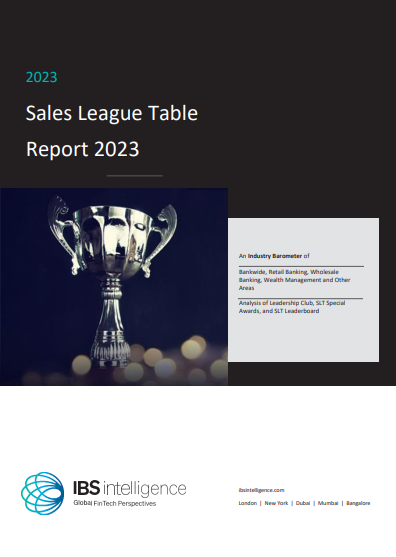
Sales League Table Report 2023
Know More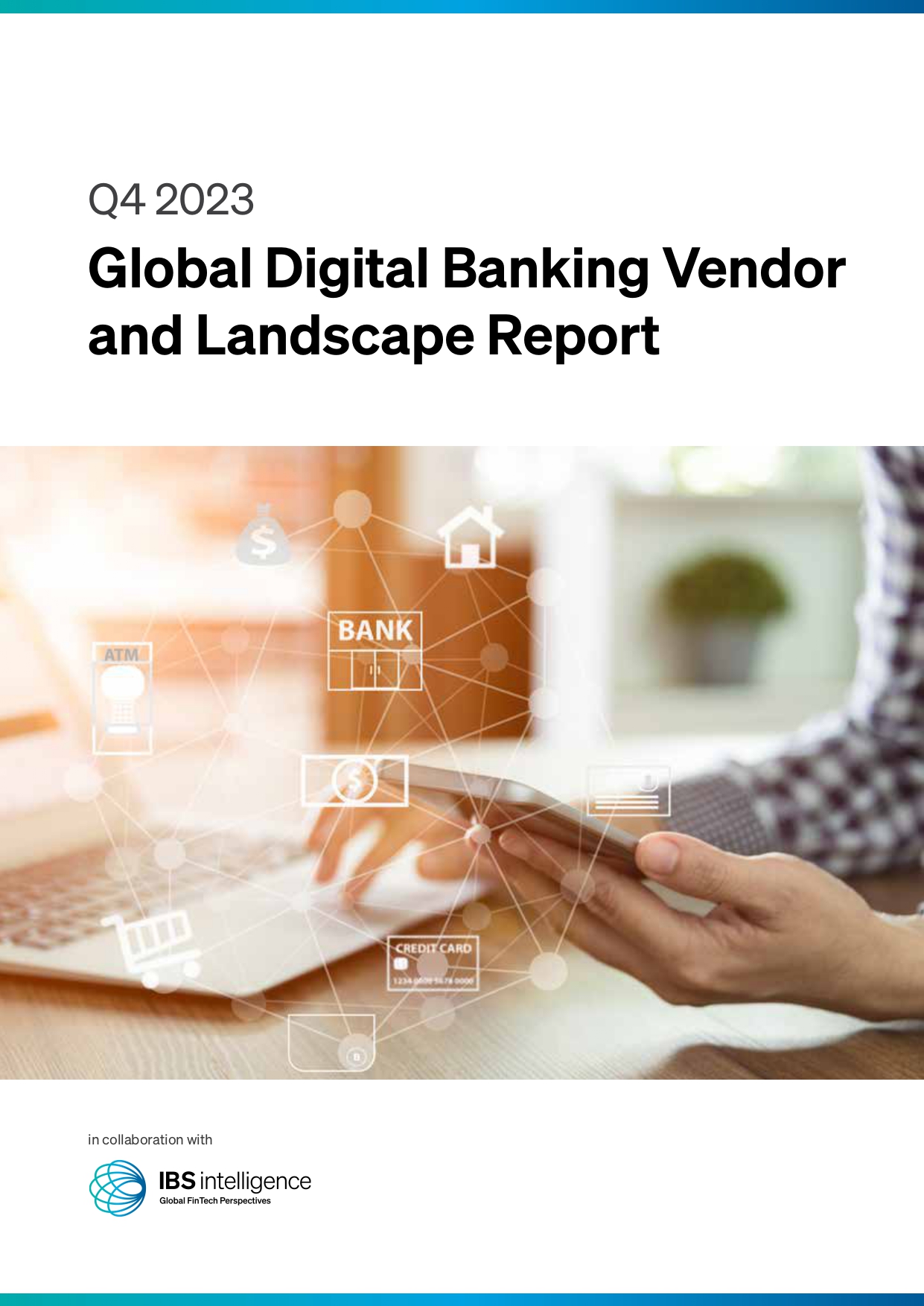
Global Digital Banking Vendor & Landscape Report Q4 2023
Know More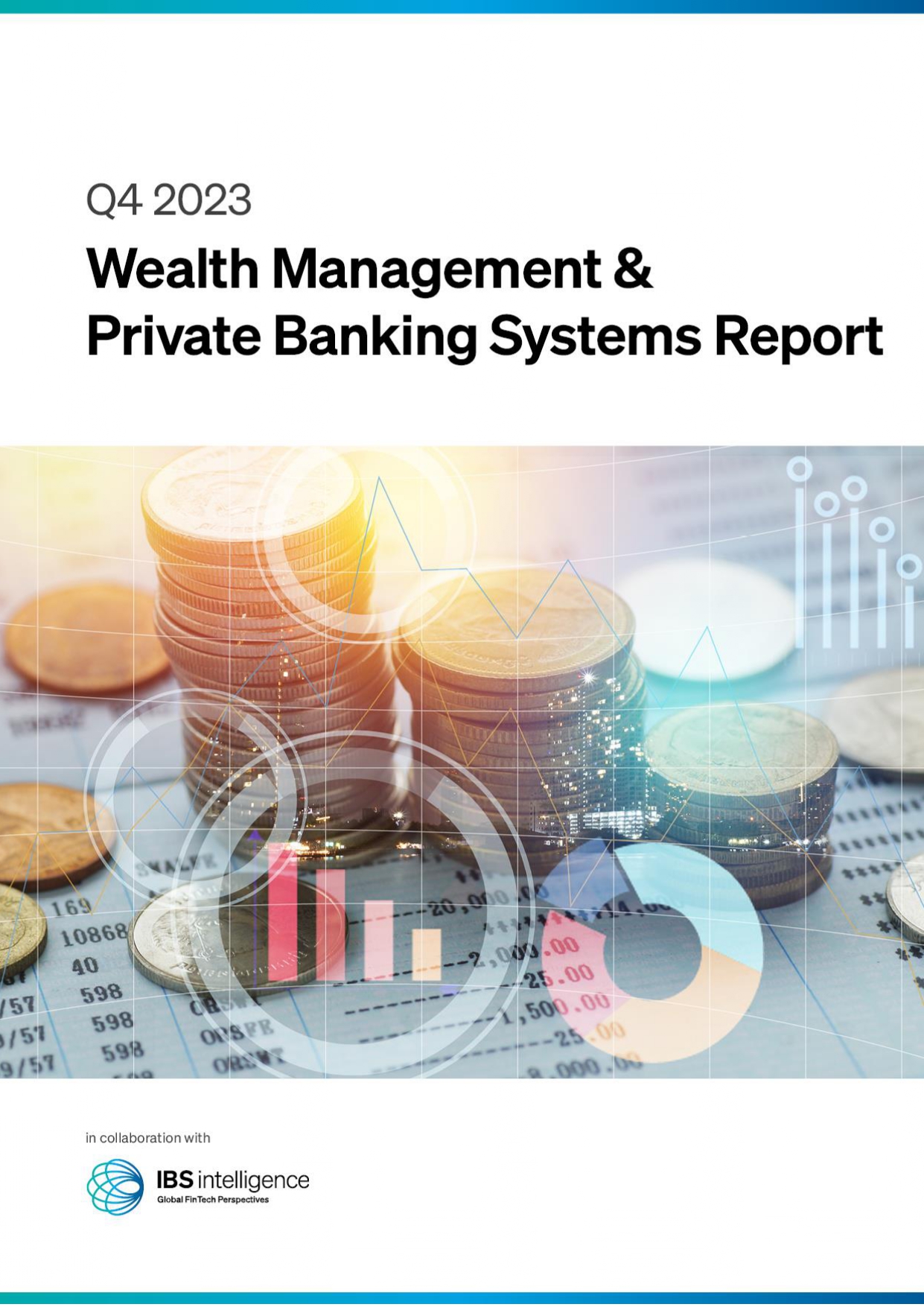
Wealth Management & Private Banking Systems Report Q4 2023
Know More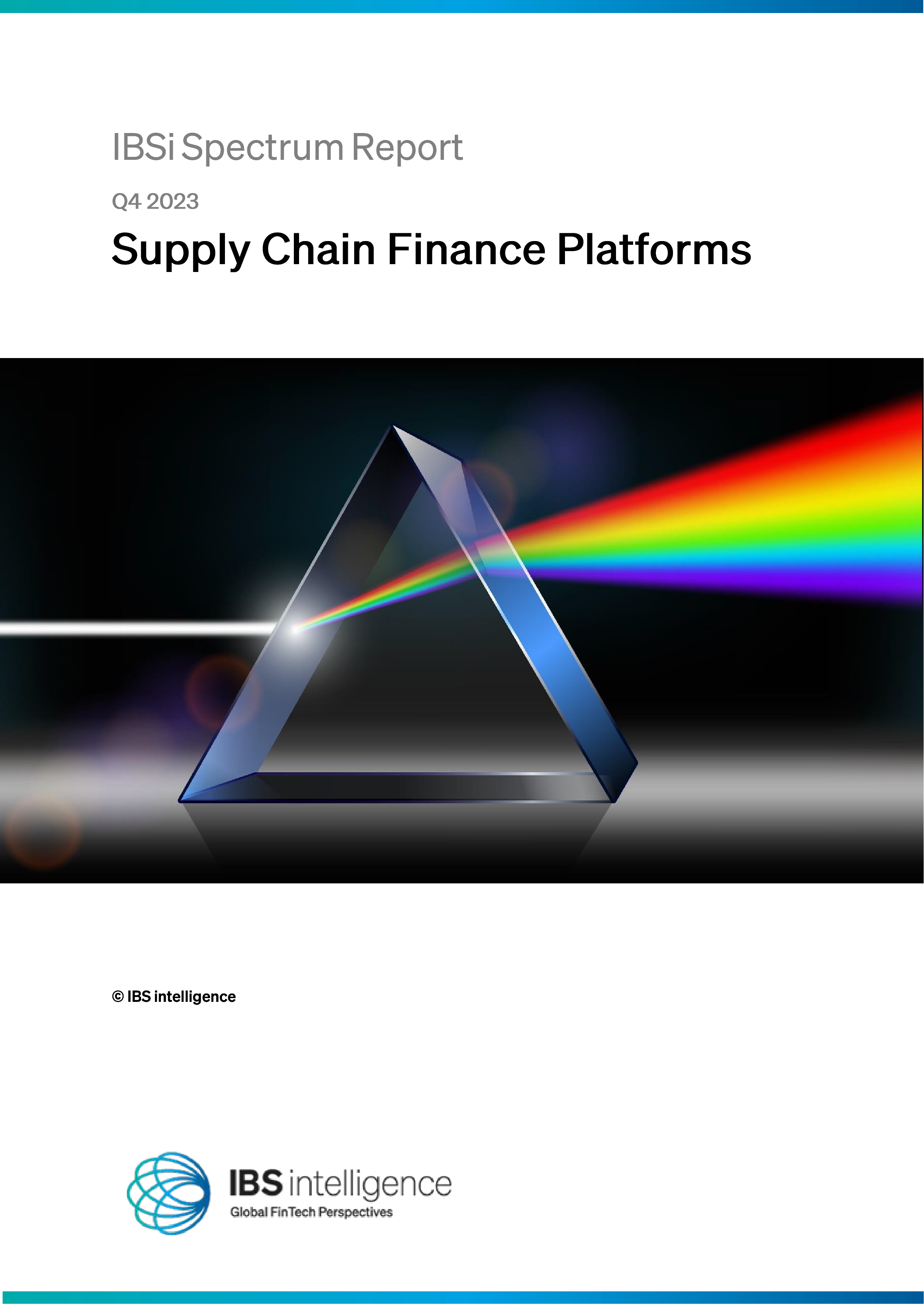
IBSi Spectrum Report: Supply Chain Finance Platforms Q4 2023
Know More